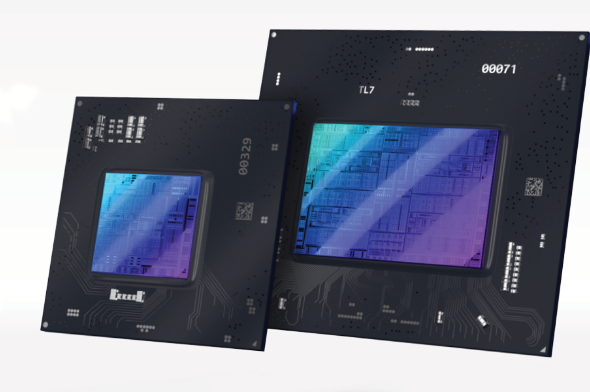Connection to DriversCloud Create a DriversCloud.com account Reset your DriversCloud.com password Account migration
Intel Architecture Day 2021: Alchemist graphics cards become clearer
Alongside the presentation of its 12th generation of processors, Intel is focusing on Alchemist GPUs.
A few days before the Intel Architecture Day 2021, Intel decided to announce the launch of a brand - ARC - entirely designed to accompany its return to the dedicated graphics card market. However, ARC is not just a new graphics card brand, Intel's ambition is to offer a whole ecosystem that includes "hardware" cards of course, but also software and associated services. Intel already seems to have understood that hardware alone is not enough.
At the Intel Architecture Day 2021 has decided to push the nail in the coffin by returning to the main announcement of its presentation of the ARC brand, the Alchemist GPU. This will be the first range of GPUs officially developed by Intel since the failure of Larrabee in 2007-2009. Of course, all the bad things we wish to Intel is not to experience the same disappointment, but we must recognize that things seem much better engaged with, already, future ambitions with GPUs planned to succeed Alchemist on the next years: Battlemage, Celestial and Druid have already been announced by Intel.
But let's stay with today and, therefore, with the Alchemist GPU. This one will be designed around what Intel calls Xe-core, blocks that the American makes up of 16 vector engines and 16 matrix engines with 256-bit and 1024-bit registers respectively. This basic block that constitutes the Xe-core is then intended to be grouped by four in order to constitute a render slice which contains other processing and rendering units like these four cells dedicated to ray tracing, on which Intel could not do without, of course. The one that seems to be the most powerful of the Alchemist GPUs should be equipped with 8 of these render slices in order to reach the 512 advanced execution units multiple times: each render slice actually has 64 of them.
Intel is also pleased to report that its Alchemist GPUs will be produced by TSMC using the Taiwanese N6 process. Delighted because it allows Intel to show that it is one step ahead of AMD, which has to make do with TSMC's N7 on its Radeon RX 6000 series... well, until the RDNA 3 generation! More interestingly, Intel took advantage of its conference to mention some more "software" elements and, in particular, the Xe SS, a super sampling technique that seems to be very close to NVIDIA's DLSS. In both cases, artificial intelligence is exploited to improve the rendering of an image without compromising performance too much: in absolute terms, we can even obtain a more beautiful 4K image than the original for a fragment of graphics resources. Intel having the idea to keep its technology open - unlike NVIDIA - this is great news for all developers / gamers.







